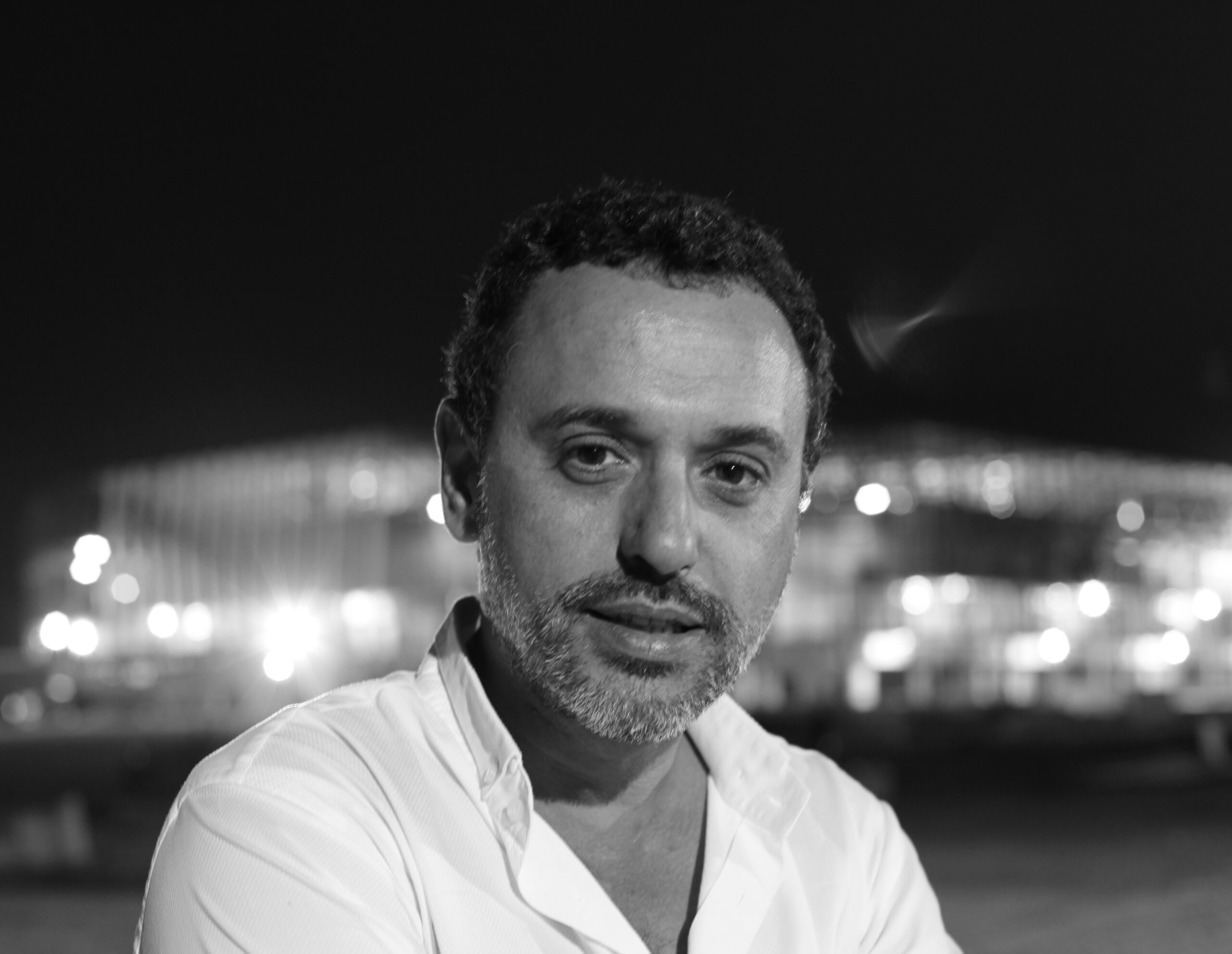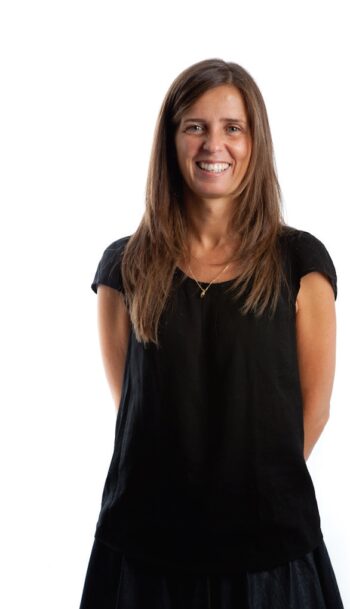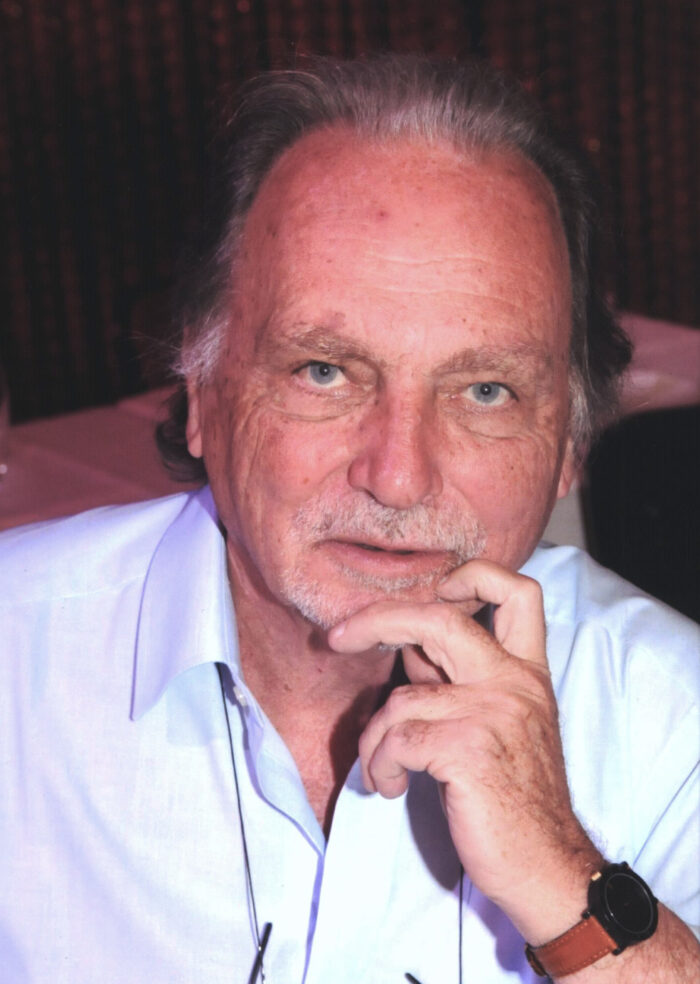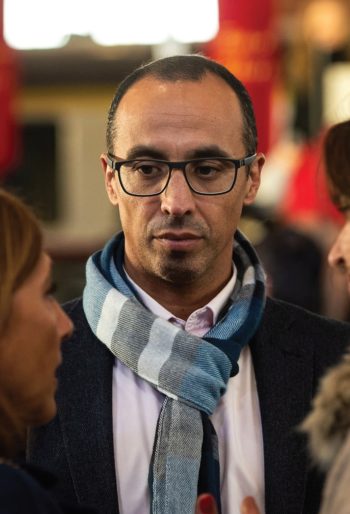A conversation with Arch. Miguel Berger

A conversation with Arch. Miguel Berger
'In Luanda I feel at home. During the first days I walked with a camera in my hand, touched by the buildings. I really like being here, my life started again at 40. ’
Berger Arquitectos has over 40 years of activity. What has it been like to ensure your father’s legacy?
It has not been easy because this legacy was associated with a very high standard, and therefore it has been a constant effort and commitment, with very different phases, with ups and downs. My father, in addition to style and professional ethics, also left me a very committed way of working, full of personal effort and involvement, which characterizes him and, of course, which characterizes what he does. More recently associated with his teaching and management activity, but at the beginning of his professional life, associated with his projects. The Fonte Nova project, among many other episodes, is one that I do not forget and that defines, a bit, this legacy. It is a detail, but the project consists of two towers with many floors and the outer covering is in white tile. Of course, it couldn’t be any white tile, and it was a fight he won but not without personal consequences.
Do you think you could have taken another route or was the influence you had at home too strong and could only lead you to architecture?
I can’t imagine another route, and in fact I am well aware that it was my father’s influence.
Do you remember a story that helped you decide to go down that path?
I don’t have a particular story, I think I remember many. During the Palácio do Correio Mor project, in which a substantial part of my father’s work was done on the construction site, and consequently in the Palace, there were countless occasions, from archaeological excavations in a nearby quarry, afternoons drawing airplanes in the drawing room, tours on the work site, or even those that I remember most with pleasure, such as horseback riding, between the arena and the palace.
I understand that you didn’t learn to be an architect only in college. What kind of knowledge and advice did your father give you during your training? And you still do it now?
It is more about influence and not so much about knowledge. It is difficult for me to identify the ways in which it is evident. I know that my style, and what moves me, has that influence. However, this influence was more evident at the beginning of my professional activity because today I also have an autonomous history. For me, the enormous influence that I still feel on my father’s side has to do with ethics. At this point he is still my reference.
What took you to Luanda and what kept you there?
I went to Luanda to replace a colleague, at my request, and because he gave up on going there. I was already with less and less work and wanted to have a new opportunity. As soon as I got there, I fell in love!
You said in an interview to Archinews that you were taking pictures of buildings, even if they were damaged, because you were enthusiastic about the details. What fascinated you so much?
It was a great surprise to have found so many examples of architecture from that time. During the first days I walked with a camera in my hand, now it is a familiar landscape, but I still continue to be touched by some buildings, namely the Ministry of Public Works and the National Radio, just to give two examples, but the list is vast!
From the colonial buildings built by the Portuguese to those driven by the Modern Movement of Le Coubusier, what history does the architecture of Angola tell you? Do you feel at home working in Luanda?
I feel at home, I felt loved when I arrived here, I really like being here, and I really like Angolans. My life started again at 40, and for the better, in many ways. As for the history of Angola, I like to think that I am helping to build it, with the Angolans.
Also in the Archinews’ interview, your father said that “rehabilitation is more expensive than building again”. But I think it is an imperative. Lisbon and Oporto, for example, are cities with history recorded in their buildings. Since your master’s degree is in the field of rehabilitation, do you agree that it is essential to rehabilitate?
Rehabilitation is an imperative, however, with different motivations. Buildings with particular value, on one hand, and, on the other, the rest of the buildings and the spaces where they are found, in order to adapt them to the new ways of being and living. The theme is vast and captivating. I will not be able to develop it in a nutshell.
I read somewhere that “Angola owns a culture that has been sown throughout the world, and now relies on foreign investment. It is in permanent change. What happened yesterday does no longer happen today, and tomorrow will certainly be very different”. Do you think that a good job is being done in the territory, nowadays?
The question has a very difficult answer. I think I’m doing a good job. I know that I am doing the best job I am capable of and, in many ways, the best job I have ever been able to do.
Are there any projects that you consider special? Or one that you have a lot of ambition to do?
There are many buildings that I consider special. Naturally, for me, the most special ones are the ones I designed and managed to see built. Of these, I cannot identify any in particular, they are all special.
This interview is part of the Artes & Letras Magazine # 44, July 2013
Partially automatic translation from portuguese: some expressions may differ from their actual meaning.
News & Interviews
A conversation with Arch. Mafalda Neto Rebelo
'We are in a transitory time, prices are crazy but areas that were dark are colored, others were born from scratch. There just needs to be a balance.’ Read more
A conversation with Arch. Pedro Ferreira Pinto
'I am looking for an architecture with a minimalist aspect and without excesses of austerity that tries to respond to society's challenges. I try to introduce an idea of simplicity, elegance and culture. ’ Read more
A conversation with Eng. Rui Coutinho
‘The route of our conservation and maintenance decisions lies in the inspection and monitoring activity that aims to identify the most advantageous time to intervene in the engineering structures’ Read more




